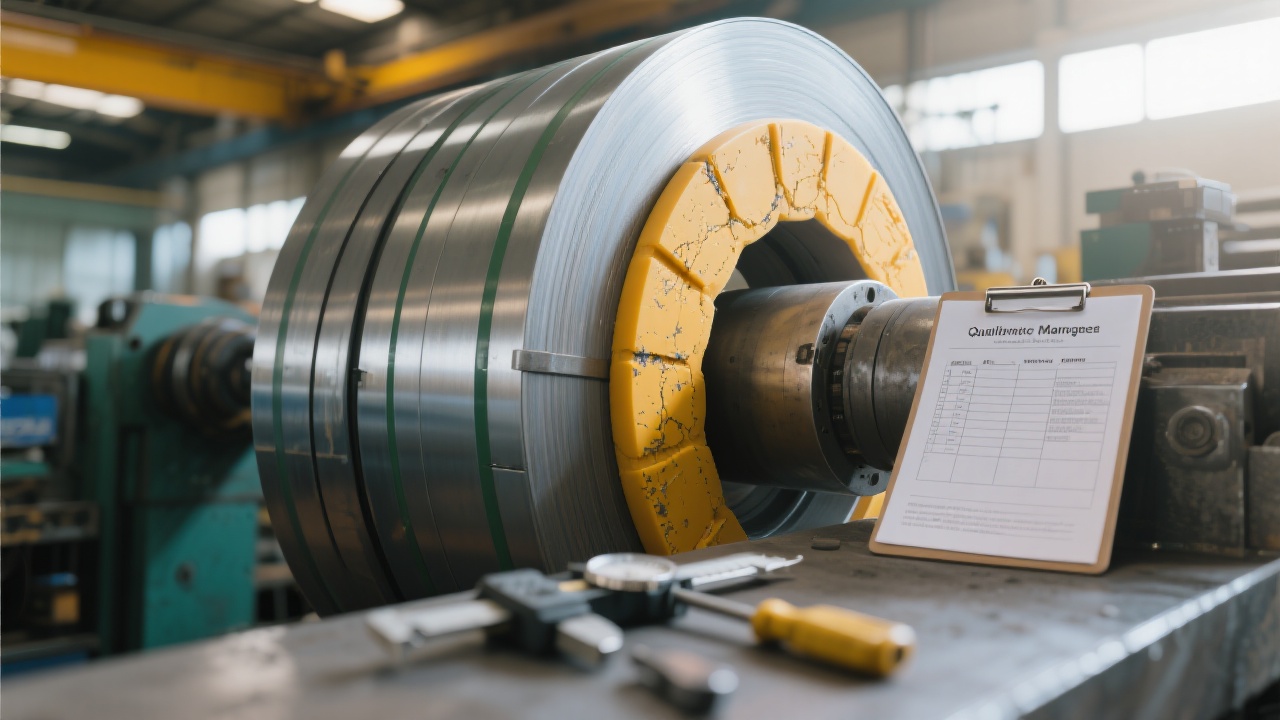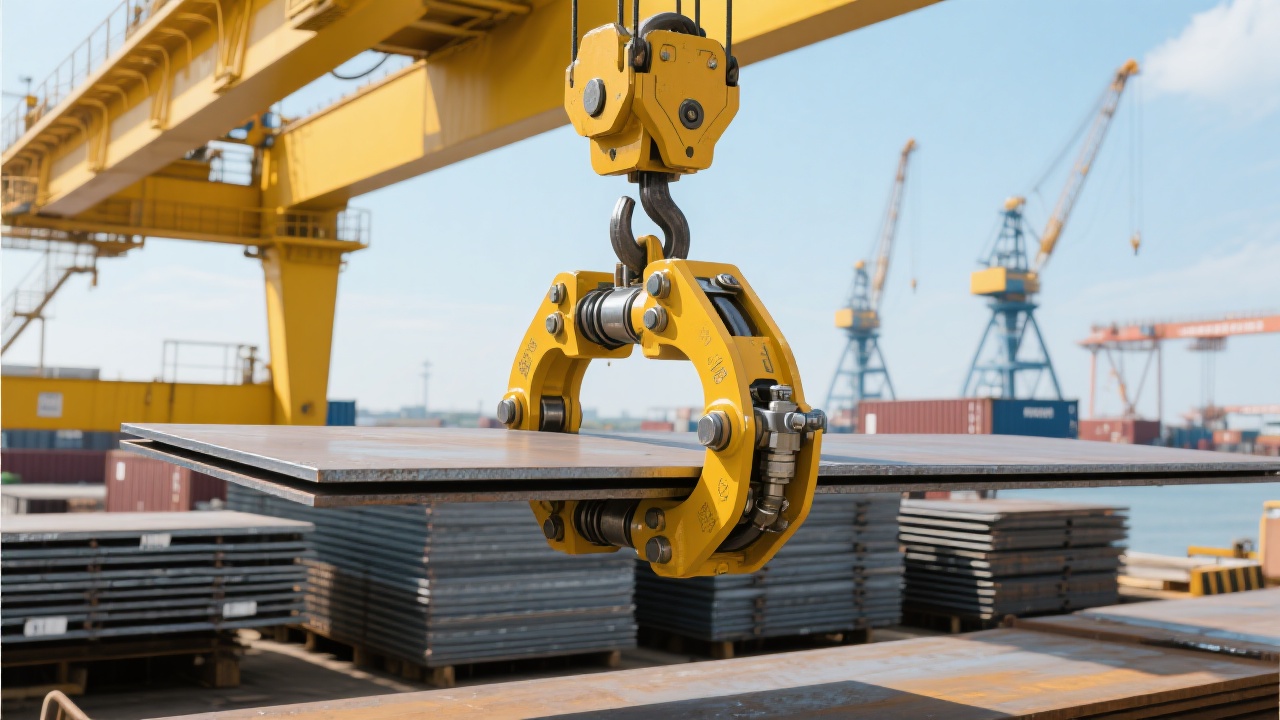
Steel coil handling is one of the most critical and hazardous tasks in manufacturing, logistics, and heavy industry. Traditional methods—such as manual lifting or basic cranes—often result in delays, injuries, and product damage. That’s why leading factories across the globe are turning to advanced steel coil horizontal lifting devices, which combine precision engineering with intuitive design to ensure both safety and productivity.
These systems aren’t just tools—they’re smart solutions engineered for real-world conditions. Unlike conventional hoists that rely on vertical lifts, modern horizontal lifters use specialized gripping mechanisms that securely clamp onto the coil’s edge, minimizing sway during transport. In fact, case studies from steel mills in Germany and South Korea show a 40–60% reduction in handling time when switching from manual to automated horizontal lifting.
| Feature | Traditional Method | Smart Horizontal Lifter |
|---|---|---|
| Stability During Transport | Low (risk of rolling) | High (zero lateral movement) |
| Operator Skill Required | High (trained crane operators) | Low (intuitive controls) |
| Average Handling Time per Coil | ~8 minutes | ~3 minutes |
In warehouses and ports, where space is limited and throughput matters, these lifters enable seamless integration into existing workflows without major infrastructure changes. Their compact design allows operation in tight spaces—a key advantage for facilities like automotive component plants or shipyard storage areas.

With OSHA, ISO 12100, and CE certifications becoming mandatory in many markets, choosing compliant equipment isn’t optional—it’s essential. Our horizontal lifting devices meet all relevant international standards for load stability, emergency stop functions, and ergonomic interface design. For example, in the EU, they comply with EN 13000 for industrial lifting gear, while in North America, they align with ANSI/ASME B56.1 for safe material handling practices.
Factories that invest in certified lifting technology not only reduce workplace incidents but also improve employee morale and insurance rates. One U.S.-based steel processor reported a 70% drop in near-miss events after implementing our system across three production lines.
We’d love to hear from you—whether you're managing a busy warehouse in Dubai, optimizing coil handling at a Chinese mill, or designing a new logistics center in Brazil. Share your challenge below and get tailored guidance from our team of engineers.

From steel producers to metal fabricators, the shift toward smarter, safer handling isn't just about compliance—it's about staying competitive. As global supply chains grow more complex, companies that prioritize operational excellence through innovation will lead the next wave of industrial transformation.

